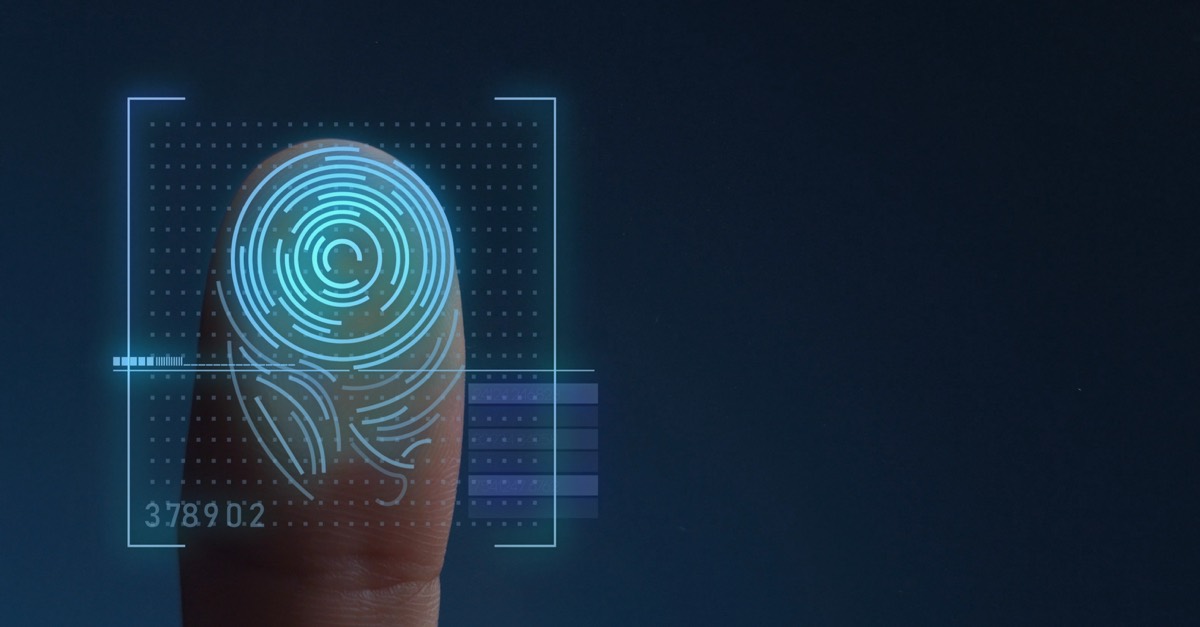Contents
Biometric authentication is a means of confirming a person’s identification using biological characteristics. In a matter of seconds, it allows you to verify persons and confirm that they are who they say they are. It works by storing legitimate data in a database, which you can subsequently match to your user’s physical characteristics. Biometric technology may be used to assist users to change their passwords, deal with high-risk consumers, and authenticate distant personnel, among other things.
Biometric authentication examples
Biometric authentication is a great option for a variety of online businesses. Authentication is the primary option for many businesses as a security element because of its efficiency and security. Many industries throughout the world are attempting to apply this technology, and there are numerous successful instances. Shown below are a few examples:
- A microchip is a biometric data-enabled electronic passport (e-passport) that has the same biometric information as a traditional passport. The chip carries important information about the passport holder, such as a digital picture linked to the owner’s identifying information. The passport is therefore safe, and biometric information such as fingerprints is used to verify the owner’s identity.
- In healthcare, biometric solutions are also employed. Hospitals must keep meticulous records of patients and ensure that their personal information is kept safe. Hospitals can quickly save and retrieve patient medical information using biometric data.
People utilize biometric verification online systems to unlock their phones, access their online banking apps, and perform secure transactions, among other things. These technologies are commonly referred to as FaceID or Touch ID, and they are utilized by billions of individuals every day across the world.
How does biometric authentication work?
To comprehend how the biometric authentication process works, we must first realize that it is a method of validating identification through the use of a person’s unique traits. Although the answer appears to be simple, the technology that underpins it is complex.
The term ‘biometrics’ refers to your physical measurements. As a result, the system confirms your identity based on these measures. This information is used in biometric authentication to compare your characteristics to a database. This is how your data gets entered into the system.
It compares two sets of data, the first of which is set by you, the device owner. The second belongs to the person who visits this equipment. If these two pieces of information are identical, the gadget thinks the ‘owner’ and ‘visitor’ are the same person and allows you to use the service. If someone else holds your phone and attempts to unlock it using Face ID, they’ll be refused since the phone owner (you) and the visitor (the person holding your phone) don’t match.
Types of biometric authentication
People’s biometric services may be used in a variety of ways to authenticate them. They may be divided into two types. Physiological identifiers, which include things like face, voice, and even vein identification, are the first. Behavioral identifiers, on the other hand, are the distinct ways in which individuals act, such as typing habits. Physiological identifiers are the most extensively used biometric authentication technologies. Take a look at a few examples:
Fingerprint recognition
It’s the most prominent and effective biometric verification technique. There are a few reasons for this: it’s simple to capture, and verification is accomplished by comparing distinct loop patterns. There are particular algorithms that generate distinct digital biometric templates for everyone, allowing machines to figure out who wants to use their equipment.
Biometric Authentication Solution
It’s facial recognition, which uses several points to calculate the geometry of a face, such as the distance between eyes and the chin to the forehead.
Voice recognition
It’s also a widely used biometric authentication technique. From a behavioral standpoint, each person’s voice is distinct – movement, tempo, accent, and a variety of other factors combine to create a distinctive voice that may be used to establish biometric identification.
There are a variety of other biometric services that may be used to verify someone. Iris recognition, retinal scans, signature recognition, and other biometrics solutions are all possibilities. Companies are still attempting to create new biometric authentication technologies to safeguard their services, which has a significant influence on our digital lives.
To Conclude
When it comes to changing passwords or confirming remote personnel who need access to high-risk or sensitive corporate data, security is critical. Knowing that biometric solutions can make these services considerably more efficient and secure to use, biometric authentication has a lot of promise.
Using apps with biometric services, on the other hand, is much easier since, unlike passwords, there is nothing to memorize, and it is more comfortable to access numerous services this way.
Shufti Pro Credibility can be Checked Here: Shufti Pro Review




